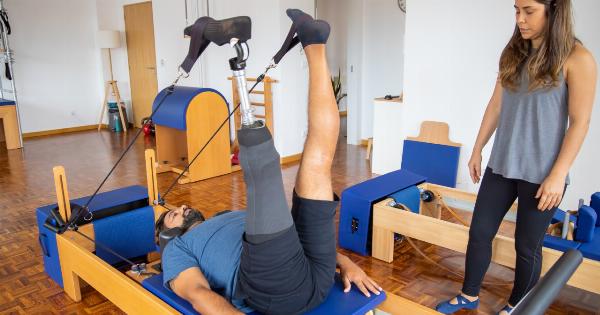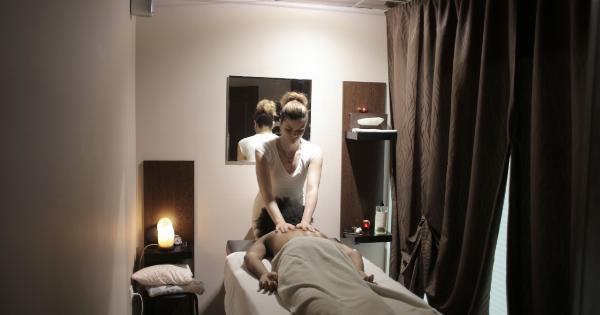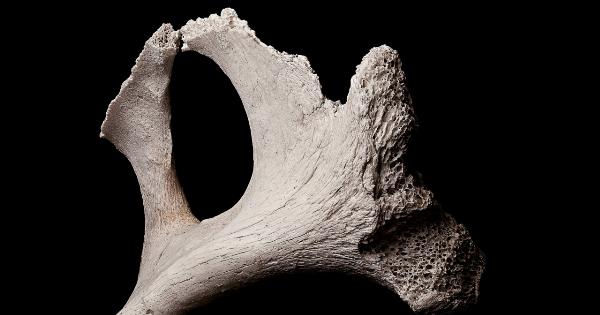It was a typical Tuesday afternoon when everything changed. Mr. Johnson, a 65-year-old retiree, was out for a walk in the park when he suddenly collapsed. His wife, who was walking with him, screamed for help and a young couple rushed to his aid.
They found him unresponsive and not breathing. The man quickly called 911 and started performing CPR while the woman ran to find an AED device.
The Importance of Prompt Action
When Mr. Johnson had his cardiac arrest, time was of the essence. Every minute that passed without someone taking action decreased his chances of survival.
The young couple who found him knew this, and they acted quickly and efficiently to give him the best chance of survival.
The man performing CPR did chest compressions and breathed into Mr. Johnson’s mouth regularly, maintaining the proper rhythm until the emergency services arrived. The woman found the AED device and brought it to the man, who applied the pads to Mr.
Johnson’s chest and let the machine do its work.
The Role of the AED Device
An AED device, or automatic external defibrillator, is a portable machine that delivers an electric shock to the heart in cases of ventricular fibrillation or ventricular tachycardia, two types of abnormal heart rhythms that can cause cardiac arrest.
When used properly, an AED can restore a normal heart rhythm and save a person’s life.
The AED device that the young woman found analyzed Mr. Johnson’s heart rhythm and determined that he was in ventricular fibrillation.
The machine then delivered a shock to his heart, which restored his heart rhythm to normal and allowed blood to flow properly throughout his body.
The Importance of AED Training
Although the young couple who saved Mr. Johnson’s life had no medical training, they knew exactly what to do in the moment. They were able to perform CPR and use an AED device because they had been trained in basic life support techniques.
It’s essential for people to receive training in CPR and AED use so that they can respond effectively in emergencies. It only takes a few hours to learn these life-saving skills, and they can make all the difference in a crisis situation.
The Importance of Cardiac Rehabilitation
After Mr. Johnson was stabilized at the hospital, he was enrolled in a cardiac rehabilitation program.
Cardiac rehabilitation is a medically supervised program that helps people recover after a heart attack, cardiac surgery, or other heart-related issues.
The program includes a combination of exercise, education, counseling, and support to help people improve their physical and emotional well-being.
It’s an essential part of the recovery process and can greatly improve a person’s chances of living a healthy and happy life after a cardiac event.
The Miracle of Mr. Johnson’s Recovery
Thanks to the quick and effective actions of the young couple who found him, Mr. Johnson survived his cardiac arrest and was able to receive the medical care he needed to recover.
He completed his cardiac rehabilitation program and is now living a healthy and active lifestyle.
Mr. Johnson’s story is a powerful reminder of the importance of prompt action in cases of cardiac arrest.
Every second counts, and people who are trained in basic life support techniques have the power to make a real difference in a crisis situation.
Conclusion
Cardiac arrest can strike anyone at any time, and it’s essential for people to be prepared to respond effectively in an emergency.
Learning basic life support techniques like CPR and AED use, as well as enrolling in a cardiac rehabilitation program, can greatly improve a person’s chances of surviving a cardiac event and living a healthy and happy life afterward.





























